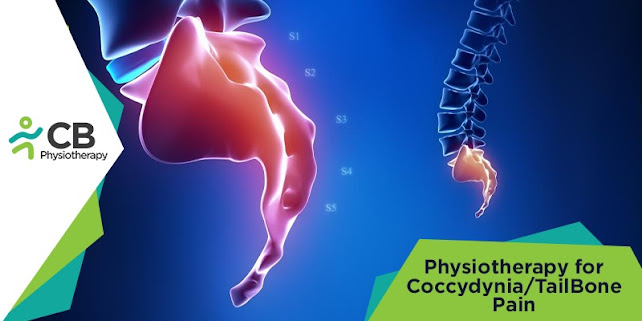5 Signs you might need Physiotherapy.
Pains and aches are common, whether it is a twinge after exercising or stiffness in joints caused by an injury, or any specific health condition. While most are transitional or temporary and can be remedied with over the counter painkillers, some type of pain or limited movement might require assessment and treatment by a physiotherapist. A physiotherapy rehabilitation program can help individuals return to their prior level of functioning and recommend lifestyle changes that can improve overall health and wellbeing.
CB Physiotherapy lists down 5 signs that you need to seek a physiotherapist:
Lack of balance: If you have trouble keeping your balance and your coordination is off, a physiotherapist can find the underlying issue and treat it. Often, a loss of balance is caused by issues in the structures of the inner ear—known as the vestibular system. A physiotherapist can treat your inner ear issues with vestibular rehabilitation. With physiotherapy, you can restore your balance and coordination and get back to living your life without impedance.
· Chronic pain: If you have pain that lingers for more than a few days and is interfering with your ability to work and do other regular activities, you should see a professional. A physiotherapist will determine the underlying issue and help to relieve your pain, such as with physiotherapy treatment for neck pain. Physiotherapists can work with you to assess the issue and provide a targeted exercise and rehabilitation program that will ease your suffering and get you back to your best.
· Delay in Recovery: As injuries heal, the pain should eventually go away. But sometimes the pain remains and becomes chronic. If you have an injury that hasn’t healed properly, a physiotherapist can assess the problem and create a targeted exercise and rehabilitation program to ease your pain and prevent the injury from recurring. Pain treatments include pain education, manipulation, massage, and exercises that will support the damaged body part.
· Reduced Mobility: Mobility issues include reduced flexibility and feelings of pain or stiffness that get in the way of moving in specific motions, such as bending over, touching your toes, or extending your arms to reach upward. If you feel limited in your mobility and can’t move as easily as you used to, physiotherapy exercises can target the muscles and tissues in the problem areas, relax the muscles and strengthen supporting tissues to help increase your flexibility and mobility.
· Uncontrolled Urination: If you experience sudden, intense urges to urinate or you urinate when you cough, sneeze or laugh, you may have urge incontinence, stress incontinence, or a combination of both. Incontinence is fairly common, especially as we get older. Physiotherapy exercises for incontinence include pelvic floor exercises to strengthen the pelvic floor and reduce incontinence.




